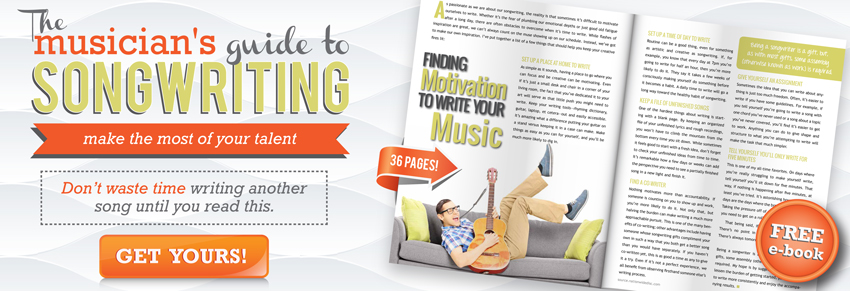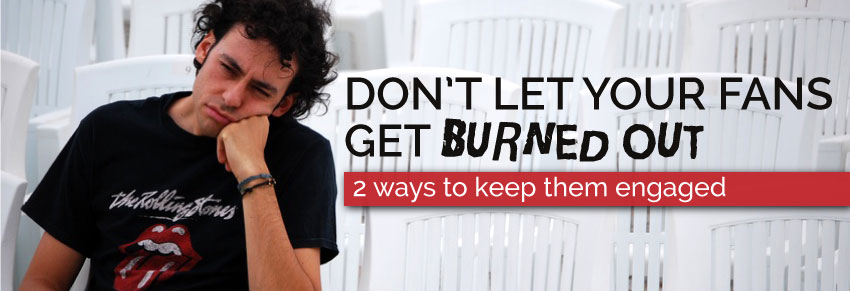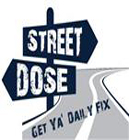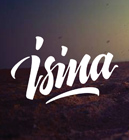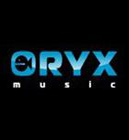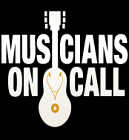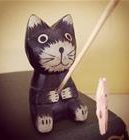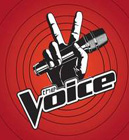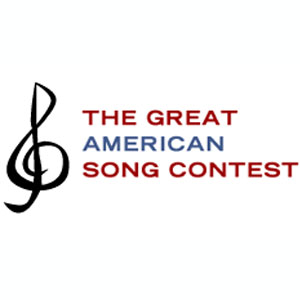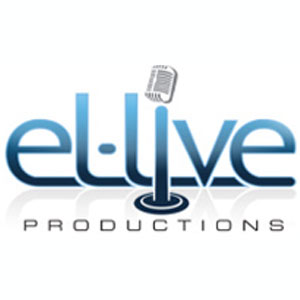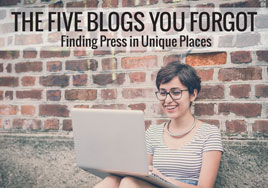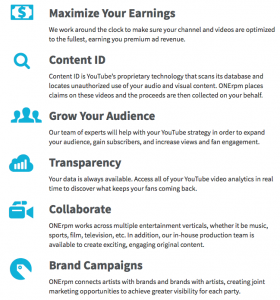Secrets to a Great Single Part One: Choosing the Right Song
By Estimated reading time: 4 minutesI was sitting in a dark room with my eyes closed, listening intently to the music that was pumping through my headphones. I was carefully analyzing each song that played, noting the melody, tempo, and feel of the song.
About half way through the album, I opened my eyes, ripped the headphones off, and exited the room brimming with frustration.
I was trying to choose the first single off my first album.
Admittedly, the dark room was my closet. And the analyzing that was happening was mostly me trying not to be too picky about what I wanted to change on my newly-completed CD. But the frustration was almost too real.
How was I supposed to know which song was single-worthy? I loved them all!
Choosing which song deserves to be a single can be a daunting task for any artist. Picking the right song-whether from an album or to record as a stand alone single-is vital for musicians in today’s world of short attention spans. Luckily,you don’t need to feel all the frustration that I went through. Here’s a list of criteria for singles, and four tips to make the process of choosing a single a little easier.
A Single Is…
- Catchy. Your single needs to be instantly singable. You want people to be humming it hours after they listen.
- Relateable. Your single needs to resonate with lots of different people. Everyone has their own story. Your single needs to find its way into a chapter or two of your listeners’ stories. That’s why love songs and breakup songs are so popular. Almost everyone has those shared experiences at some point or another. Your single doesn’t have to be a love song, but it does need to resonate with people.
- Visual. Most singles have a music video to accompany them. While this is not strictly necessary, it is important to consider what a video to your single would look like. Good songwriting usually includes visual elements. If you can’t come up with any visual imagery for your song, you might need to re-visit your lyrics or pick another song as your single.
- Promotable. If you can’t come up with any ways to promote your single, then it shouldn’t be a single. If it doesn’t lend itself well to video, if you can’t come up with some cool ideas for graphics, if you can’t think of ways to write interesting tweets about it, it’s probably not single-worthy.
Now that you know the criteria for your single, here are three tips on actually choosing the song.
1 – Follow Your Gut
As the creator and artist, you are intimately familiar with your music–all of it, not just the songs you’ve chosen to record. You know your art, and you can usually tell when you’ve written something that stands out. Don’t be afraid to listen to your gut feeling on which song is a home run.
2 – Don’t Follow Your Gut
This doesn’t make sense. I know. But sometimes when you are so close to all your work, you can’t see the bigger picture. Being humble enough to listen to someone else’s opinion could mean the difference between a great success and a huge failure. You may love your highly specific song about the exact feeling of happiness you get when your lawn is perfectly mowed, but that might not be the best single. Just because a song isn’t single material doesn’t mean it’s not a great song. It just means that it’s not a very universally appealing song. Often a single is used to drive publicity and hype, and you want to pick a song that can appeal to the masses.
3 – Listen to Your Fans
Get the opinions of your friends, family, industry pros, and, most importantly, your fans. Fans are the ones who will be buying your single, so they should be the deciding factor in choosing the right song. What song do they tell you they love after shows? What song do they ask to buy?
You might want to ask the fans on your mailing list their opinion. Give them a link to vote on the song they like best, or ask them to email you their opinion directly!
4 – Compare Yourself
This isn’t something I usually advocate for, but when you are choosing your single, take some time to study what’s currently being released in your genre. Create a playlist of singles that have been released in your genre (and maybe a few outside your genre!) in the past 3 months. Put your music in that playlist. What song fits well? You want to be unique and cut above the noise, but you also don’t want to be so out in left field that people click the skip button when your track comes up.
Now that you have the tools for choosing a great single, stay tuned for Part Two-The Unique Challenges of Recording a Single!
How did you choose your last single? Was your gut feeling right, or did you let the fans or an industry professional choose? Let us know in the comments below!
Related Articles:
- Recording Acoustic Guitar and Vocals at Home
- How to Save Money on Your Next Album
- 5 Steps to Perfect Vocals
...Keep Reading
